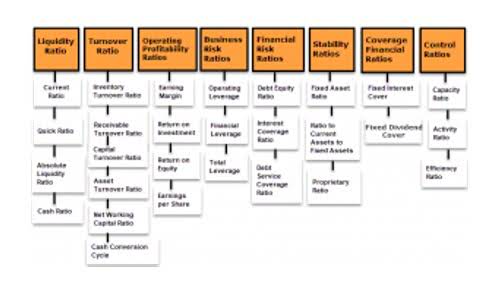
The U.S. Department of Labor (DOL) has published a final rule that will change the test for determining whether a worker is an employee or independent contractor under the Fair Labor Standards Act (FLSA). If a worker is found to be an employee under the common law test, they will most likely be classified as an employee under the ABC test as well. In short, the key difference https://www.bookstime.com/ between the ABC test and the common law test is that the ABC test assumes the worker is an employee and the burden of proof is on the employer to show that the worker is an independent contractor. The common law test starts with the assumption that the worker is an independent contractor and it’s up to the IRS or other entity to prove that the worker is actually an employee.

Additionally, understand that a contract does not hold much weight in classifying a worker as an employee or independent contractor. You’ll have to dive deeper into analyzing the employer-worker relationship against the IRS common law test. While the IRS has a clear demarcation between employees and independent contractors, it’s still difficult to comprehend every aspect of the classifications. What’s more, some states may operate on a different test beyond the one used by the IRS. And for business based in California, classification is made more challenging with the passage—and subsequent exemptions—of the AB5 law.
What Is an Independent Contractor?
The Department of Labor (DOL) has issued its highly anticipated final rule addressing the classification of workers as independent contractors under the Fair Labor Standards Act (FLSA). This new rule, which takes effect on March 11, 2024, aligns with the long-standing economic realities test and aims to correctly classify workers as either independent contractors or employees entitled to wages and benefits and subject to independent contractor vs employee various employment laws. It has no effect on other laws—federal, state, or local—that use different standards for employee classification. For example, the Internal Revenue Code and the National Labor Relations Act have different statutory language and judicial precedent governing the distinction between employees and independent contractors, and those laws are interpreted and enforced by different federal agencies.
On the other hand, if only the result is judged, the worker may be an employee or an independent contractor. The law also contains a twelve-part test for determining when a sole proprietor, partnership, corporation, or other entity will be considered a separate business entity from the contractor for whom it is providing a service. If an entity meets all of the 12 criteria, it will not be considered an employee of the contractor but will instead be a separate business that is itself subject to the new law regarding its own employees. Unskilled or casual workers are usually employees because their labor is often supervised.
Pay
The Department has issued regulations addressing how to analyze whether a worker is an employee or an independent contractor under the FLSA (29 CFR part 795, effective March 11, 2024). Independent contractors are in business for themselves and therefore are not covered by the FLSA. The classification of workers has been an issue for a long time and will likely continue to be so. The IRS generally assumes a worker is an employee on a company’s payroll unless the company proves otherwise. The burden of proof is on the employer to show that the worker is classified correctly. ComplyRight’s chart below shows the stark differences between independent contractor and employee classifications.

